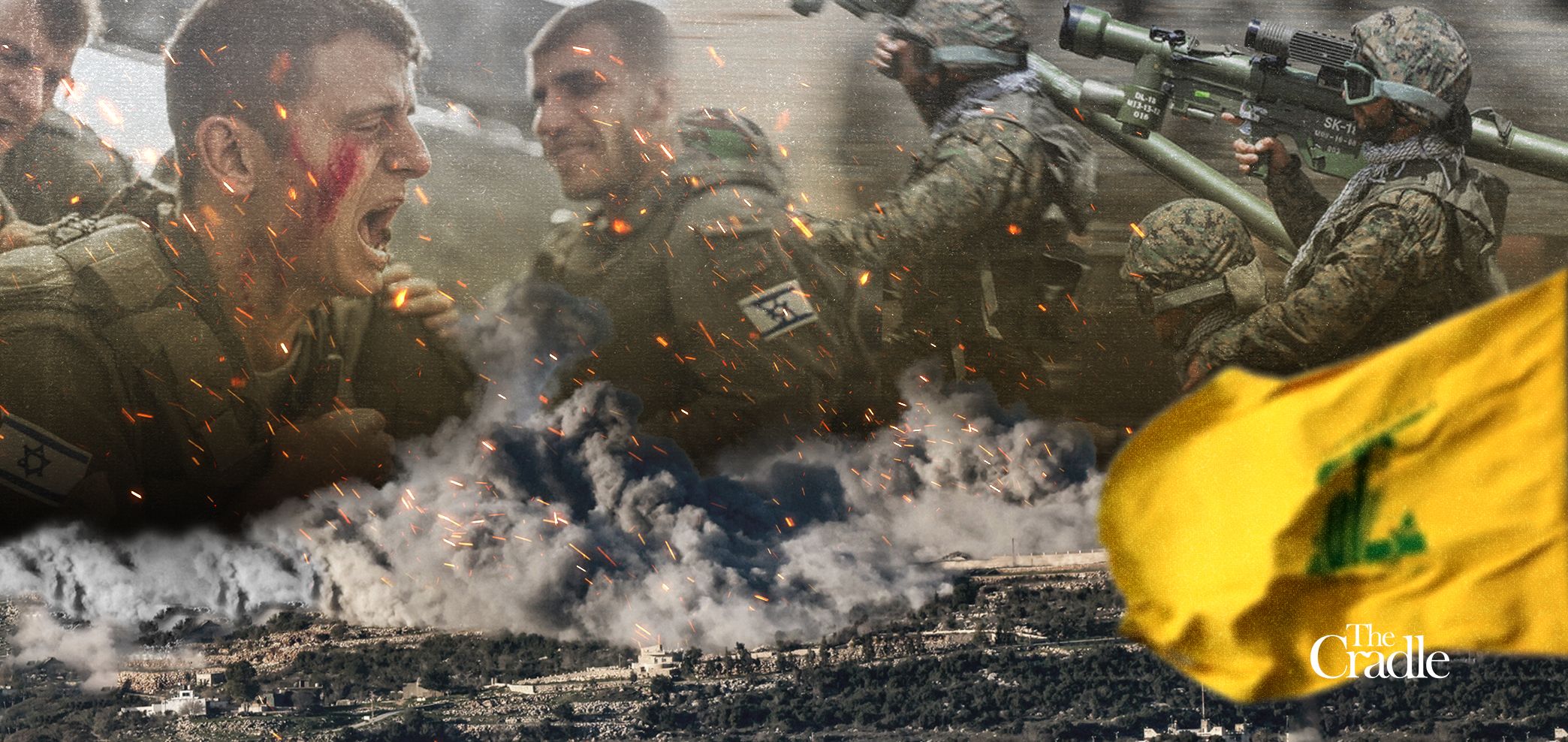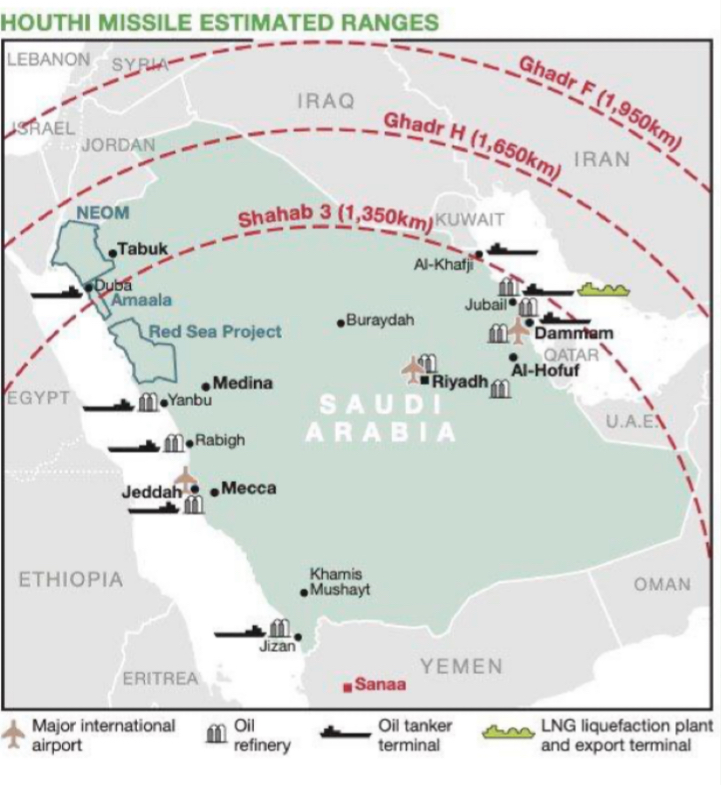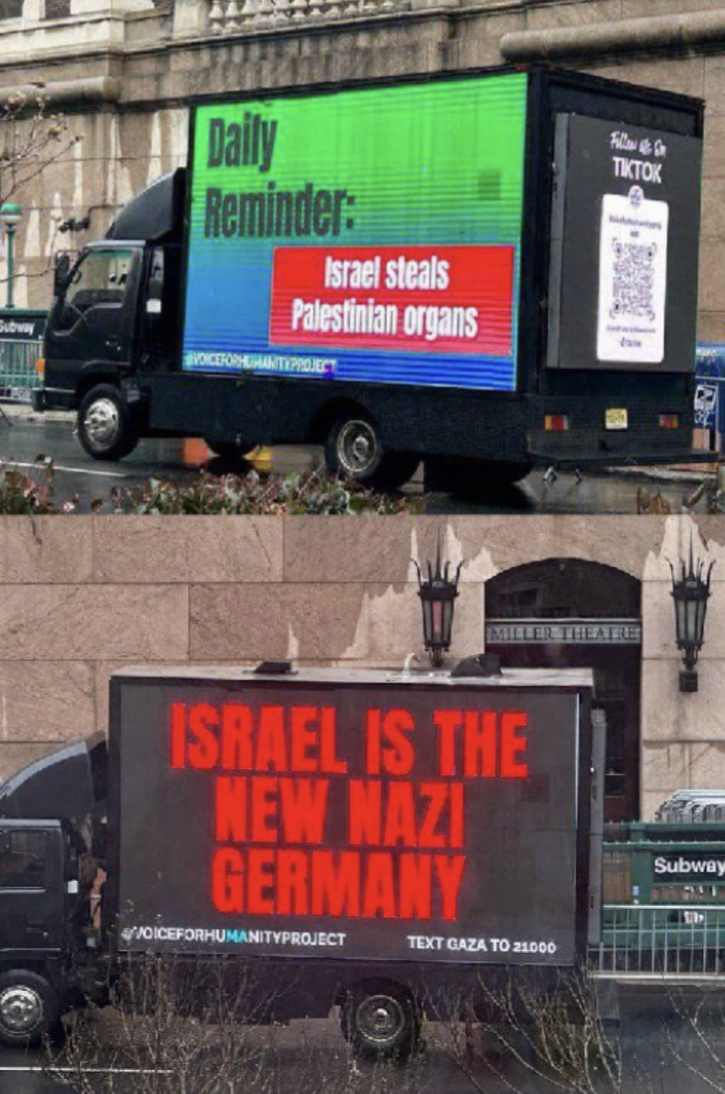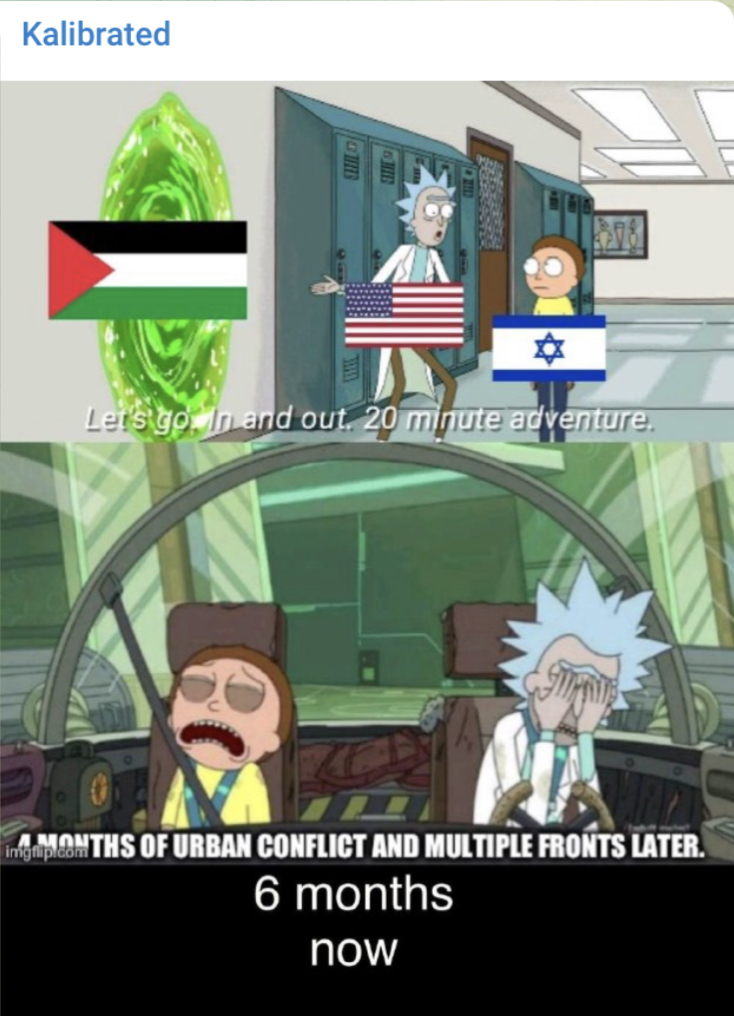Hiding the 'ratio': Israel conceals 200+ troop deaths on Lebanon front
Having established a 1:1 kill ratio in the past six months of border clashes, Hezbollah has now set its sights on high-value Israeli targets to counter Tel Aviv's strikes into Lebanon's geographic depth.
Since 8 October, more than 230 Israeli soldiers have been killed by Hezbollah fighters in cross-border operations against the occupation state, according to field data obtained by
The Cradle.
This suggests that the Lebanese resistance has achieved parity in the number of forces killed by both sides during the past six months of military clashes.
This feat is as significant as it is impressive, given that "relatively poorly armed and usually outnumbered popular resistance forces
never achieve a 1:1 ratio against high-tech, heavily weaponized colonialist and neo-colonialist forces," as
noted by one analyst in the aftermath of Israel's 2006 war on Lebanon.
Hezbollah's new 'targets ratio'
While Hezbollah honors the martyrdoms of its fallen fighters by disclosing both name and number, the Israeli military
tightly controls its casualty information flow,
masking the true extent of its losses and downplaying the significance of crucial Israeli installations struck by Hezbollah drones and missiles in the country's northern front.
Recent reports suggest
258 Hezbollah fighters have been killed since 8 October, while Israel has claimed
only 10 fatalities among its forces - a highly improbable figure given Hezbollah's extensive dissemination of war footage showing its Israeli troop targeting operations.
In comparison, during Israel's 2006 war on Lebanon, which lasted only 34 days, Hezbollah's losses are estimated to be around 250 dead fighters versus Israel's declared 121 troops deaths, although that number is believed to be significantly higher. Ten Israeli deaths on the Lebanese border after six months of ferocious clashes makes little sense in this context.
Arab 'cannon fodder' and foreign mercenaries
Tel Aviv adds to this “fog of war” by employing Bedouin and Druze troops on its frontlines to make concealing army deaths easier.
For instance, Israel provides a "material allowance" to the families of soldiers from the Bedouin "Qasasi al-Athar" unit, which is deployed to a number of Israel's borders - Lebanon, Gaza, Egypt - with a focus on preventing cross-border infiltrations, particularly during times of conflict.
Field estimates indicate that the largest number of Israeli deaths occurred in the ranks of this unit.
In recent years, Israel has launched a series of military propaganda campaigns to showcase the diversity in its ranks. Deputy Army Spokesman "
Captain Ayla," an Arab Jew, organized a 2020 tour at the Lebanese–Palestinian border with a Qasasi al-Athar unit officer named Ali Falah, who works within the Northern Brigade, to highlight the perilous nature of their work at point zero.
It seems that the Israeli military employs the same strategies – paying off the families of dead Bedouin troops – with soldiers from the Arab Druze community, who are part of individual formations and battalions or so-called 'local defense' in villages near the Lebanese border.
For instance, 70 percent of the
299th Battalion, which is stationed in the Hurfaish area – four kilometers from the Lebanese border – are members of the Druze community. The battalion has incurred casualties on the deadly front, but Israel has only reported one loss to date.
As with many armies facing decline,
mercenaries have become a fixture within the ranks of the Israeli armed forces and are active in the combat units of the Israeli army. Many of these enlisted during the Gaza aggression and have been subsequently deployed to the border with Lebanon.
Despite the active involvement of mercenaries, their deaths often go unacknowledged, and their bodies are quietly repatriated without official recognition as fallen soldiers. Evidence suggests that a significant number of them have perished on the border frontlines.
Declining morale: why Israel hides its death toll
The unprecedented events of the Palestinian resistance's Operation Al-Aqsa Flood on 7 October have cast an ominous shadow over the entire Israel project, sending shockwaves through every facet of society.
With Tel Aviv's declaration of total war on Gaza and the sudden eruption of conflict on a second front in southern Lebanon, anxiety reached a fever pitch.
The Israeli military understood that waging a full-scale war on two fronts, particularly against Lebanon, where Hezbollah has raised an army of 100,000 and possesses vastly more sophisticated weaponry and training than the resistance in Palestine, posed insurmountable challenges.
In addition, Prime Minister Benjamin Netanyahu's government faces unprecedented pressures from multiple domestic fronts: Israeli prisoners held by the resistance factions, the need to achieve stated war objectives in the Gaza Strip, '
displacement' of hundreds of thousands of Israeli settlers in the north, mutiny within his war cabinet, and the catastrophic
economic damage resulting from the war.
Consequently, Israel's security establishment, with the support of the War Council, has pursued a series of policies to address the emerging reality on the northern border, primarily relying on US efforts and diplomatic interventions to return the settlers and free its prisoners – without resorting to military actions that are unlikely to guarantee ideal results.
The pressure from displaced northern settlers, coupled with the growing realization that Hezbollah has imposed a physical, geographic
security buffer inside Israel, has heavily influenced the army's decision to conceal its staggering military losses, both human and material. Tel Aviv does not disclose this data to the public to avoid challenges that may lead to the expansion and uncontrollable escalation of the conflict.
Ratio: quality over depth
In exchange for obscuring its losses, the occupation army seeks to project an image of strength by launching air force raids
deep inside Lebanon. These are intended to deter Hezbollah, along with threats by top Israeli officials, such as Chief of Staff and Minister of Defense Yoav Gallant, who
proclaimed in November: “What we're doing in Gaza, we can also do in Beirut.”
Having already established a 'kill ratio' in this war, it is suggested that Hezbollah may be aiming to establish a new 'qualitative ratio' in its fight with Israel. This involves Hezbollah carefully selecting qualitative targets such as Israeli barracks and command centers – rather than merely matching Israel's 'depth strikes' in Lebanon – to deter the enemy and achieve its objectives.
To counter Israel's depth approach, Hezbollah has reframed the equation: it has prioritized 'qualitative Israeli targets' over mere geographical distance. This strategic shift was noted in the aftermath of Israel's attack on the southern suburb of Beirut to assassinate
Saleh al-Arouri, the deputy head of Hamas' political bureau.
In response, the Lebanese resistance targeted a significant and sensitive site near the border – the
Meron multi-mission air surveillance base – dealing a substantial blow to its functionality.
Hezbollah's strategic maneuvers have placed Tel Aviv in a difficult predicament. The resistance's evolving tactics disrupt the occupation army's operations, causing confusion and threatening to escalate strikes on quality targets in the event that the war expands.
Strikes targeting specific installations – such as the volley of over 100 rockets against strategic sites in the
Golan Heights in return for an Israeli attack on Baalbeck earlier this month – carry profound security implications for Israel.
Hezbollah's deliberate and rapid retaliation underscores its readiness to confront any incursions into sensitive territories, rewrite the rules of engagement at will, and maintain the delicate balance of power along the border.
Why Hezbollah opened Lebanon's southern front
When Hezbollah opened a Lebanese front on 8 October last year, its strategic objectives were twofold: to bolster the resistance in Gaza and to sow confusion within the Israeli military on the northern front. This required significant troop movements, the deployment of air defense systems, and heightened air force readiness, as Israel anticipated potential escalation, especially in the initial stages of the conflict.
In addition to this primary objective, Hezbollah Secretary General Hassan Nasrallah highlighted another critical point: Israel's behavior within Lebanon. There was a concern that Tel Aviv might initiate or manipulate the front to align with its own objectives, possibly with a 'deterrent' intent.
The overarching objectives of Hezbollah's strategy included supporting the resistance in Palestine, synchronizing operations with the dynamics of the conflict there, enhancing deterrence against Israeli aggression, and preventing wide-scale attacks. Additionally, Hezbollah aimed to send clear messages through battlefield actions, showcasing the resistance's intelligence capabilities and versatility in targeting.
The strategy aims to restrain the conflict from expanding to serve Israel's strategic interests, all while inflicting constant attrition on the enemy forces stationed in the north.
Ultimately, Hezbollah's approach has resulted in significant losses and costs for the enemy, albeit less than what would be incurred in a full-blown confrontation. Consequently, the Israeli army finds itself ensnared in a front adeptly managed by Hezbollah, where calculations are based on actual losses rather than publicized figures or internal propaganda.
Its remarkable ‘kill ratio’ aside, Hezbollah has raised the stakes for Tel Aviv, which now has to calculate its losses every time it strikes deeper into Lebanese lands. Israel's misguided depth strategy has now created a Hezbollah 'quality ratio.'







